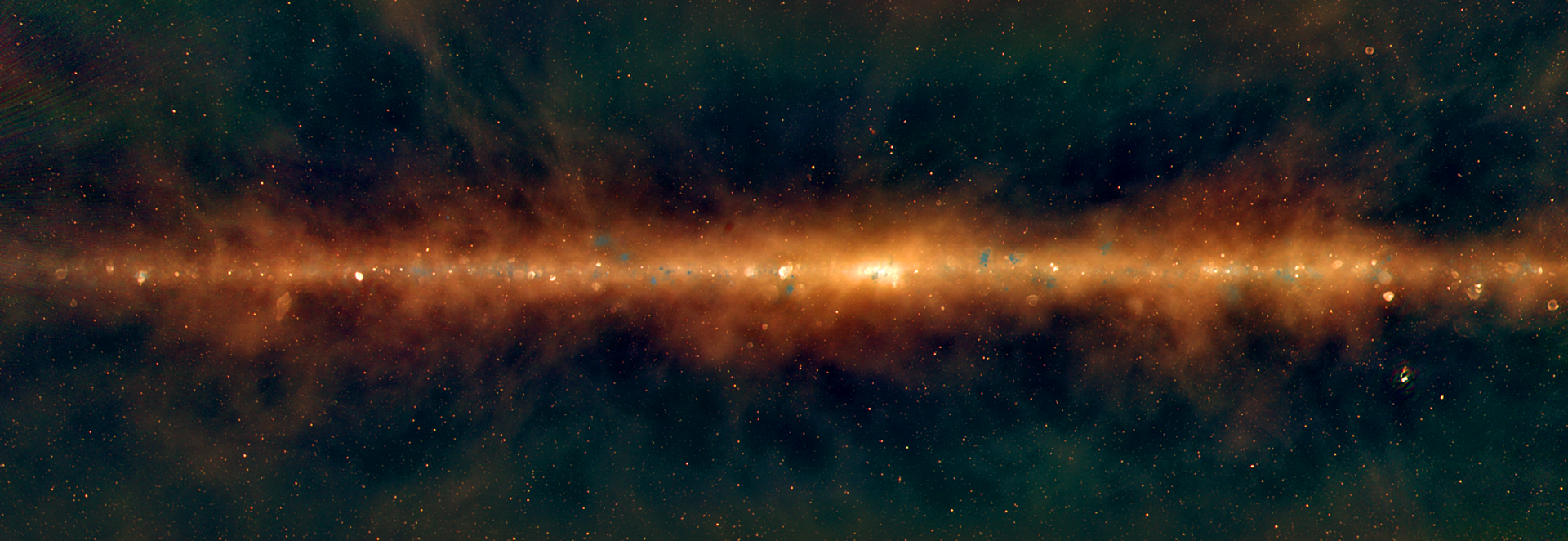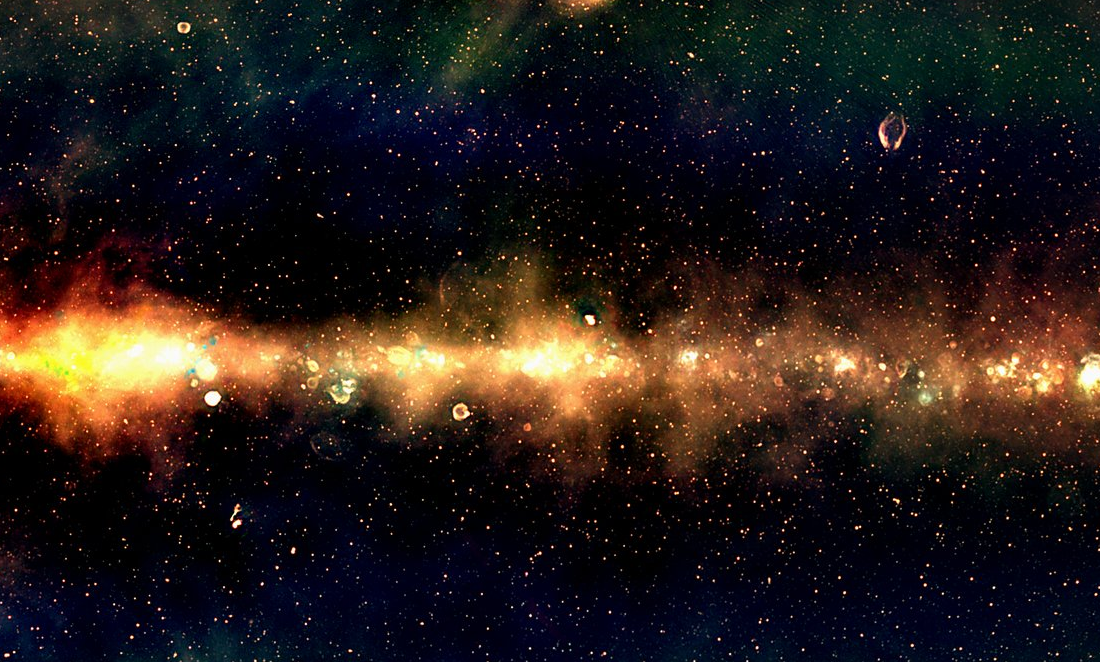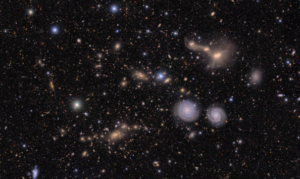Stars don’t shine forever. Eventually, even the brightest stars run out of fuel and collapse in a massive explosion, called a supernova.
We usually know that supernovae have happened in the past because history is full of the stories people tell about them.
(You’d tell stories too if a star, maybe one you’d never seen or noticed, suddenly got so bright that you could see it during the day and then it vanished forever.)
But it’s been hard to match those stories with an astronomical event – until now.
Stellar forensics
We normally see stars by the light they emit. Once they’ve exploded, that tends to get a little bit harder.

Instead, astronomers look for the clues that get left behind. Like looking for prints a foot leaves in sand, they look for the prints a supernova leaves in the interstellar medium—the thin spread of dust and gas that fills the space between stars.
Using the gigantic Murchison Widefield Array (MWA) telescope in the WA outback, 27 of the faintest star prints we’ve ever seen have been discovered, from explosions that happened 9000 years ago, in a massive dataset they call GLEAM.
Astrophysicist Dr Natasha Hurley-Walker, from the Curtin University node of the International Centre for Radio Astronomy Research (ICRAR), created the images using the Pawsey Supercomputing Centre in Perth.
Dusting for prints
There are a couple of things that make hunting for star prints a little bit tricky – and that make the MWA the perfect tool to find them.
The first problem is that we’re not actually looking for a ‘thing’. Like a footprint, we’re looking for the empty space where a thing used to be. A supernova sweeps up all the nearby interstellar dust and gas with it, sending it rippling out through space and leaving an empty bubble behind it. This is what astronomers look for.
As time passes, the ripple gets slower and weaker, and that empty bubble starts to fill back up with dust and gas.
And if the area around the supernova didn’t have much dust and gas to begin with, there might not be much to look for at all.
The second problem is that we can’t see them with our eyes or even with a regular telescope. While that initial explosion is incredibly bright, the dust and gas that gets swept along with it is glowing much more faintly. The more it cools down and spreads out, the harder it is to spot.
Fortunately, the MWA lets us see the night sky using radio waves – some of the faintest and lowest energy light we can detect.
(If you could see radio waves, the sky would look something like this.)

The MWA solves both of these by being extremely big and extremely sensitive, giving astronomers a whole sky worth of data to dig through on their hunt for non-existent stars.
That’s also why stories and historical observations are so helpful – they can tell you exactly where in that data to look.
Searching stars and stories
Right now, the earliest supernova observation was recorded in China in 185CE.
So far, none of the 27 newly discovered supernova remnants seem to match any specific stories from this part of the world.

But with massive telescopes and thousands of years of indigenous history to work with, the future (and maybe even the past) of supernova spotting in Australia has never looked brighter.









